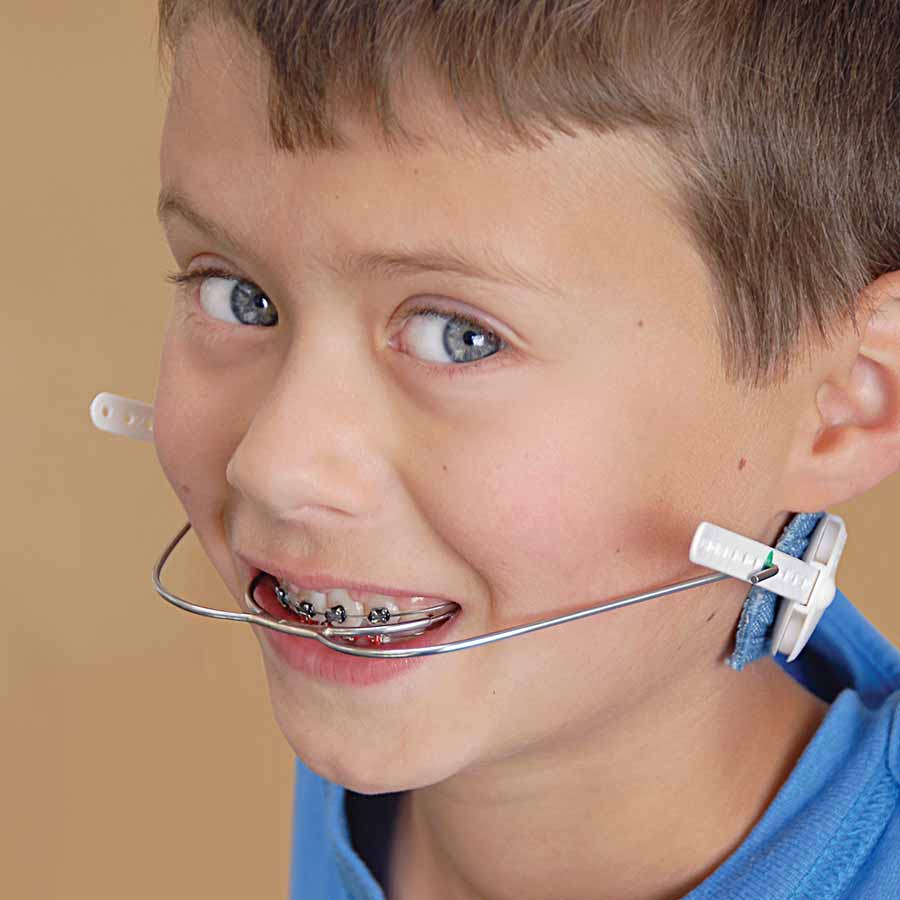Comprehensive Overview to Orthodontics Procedures for Fixing Oral Imbalances
Recognizing the complexities of each procedure, including their devices, benefits, and possible disadvantages, is vital in making notified choices regarding one's orthodontic treatment. As we browse via the detailed guide to orthodontic treatments for dealing with dental imbalances, the complex details of each approach will certainly unfold, dropping light on the path toward a functional and harmonious oral placement.
Orthodontic Procedures Review

In enhancement to conventional dental braces and clear aligners, orthodontists might also recommend various other treatments like headgear, palatal expanders, or retainers to resolve certain alignment issues (aligners). These treatments are tailored to each individual's one-of-a-kind requirements and may involve a combination of treatments to attain the wanted results. Normal adjustments and monitoring are vital components of orthodontic treatment to guarantee progression gets on track and to make any needed adjustments in the process. By undergoing orthodontic procedures, patients can not only accomplish a straighter smile but additionally improve their total oral health and wellness and feature.
Conventional Braces: Exactly How They Function
When considering orthodontic therapies for dental imbalances, standard dental braces stand apart as a tried and true technique for dealing with teeth positioning. Standard dental braces are composed of braces, wires, and bands that interact to use continual pressure on the teeth, gradually moving them into the preferred positioning. The brackets are attached to the teeth using an unique adhesive, and the wires are threaded with the braces. By readjusting the tension of the cables, orthodontists can control the instructions and pressure used to each tooth, guiding them into appropriate positioning in time.
As pressure is used to the teeth with the dental braces, the bone surrounding the teeth is improved to support the new tooth positions. People will certainly need routine adjustments at the orthodontist's office to make sure the dental braces continue to apply the proper stress for effective teeth movement.
Invisible Aligners: Disadvantages and pros
These clear, tailor-made trays are practically invisible when used, making them an appealing alternative for individuals seeking a more visually pleasing orthodontic therapy. Individuals can get rid of the aligners before consuming or cleaning their teeth, minimizing the threat of food obtaining stuck in the appliance and streamlining the cleansing process.

Surgical Orthodontic Options
Surgical treatments in orthodontics existing feasible options for resolving complicated dental imbalances that may not be efficiently settled with conventional orthodontic therapies. While invisible aligners and standard braces additional reading can remedy many orthodontic concerns, particular instances call for surgical intervention to accomplish ideal outcomes. Surgical orthodontic alternatives are normally advised for severe malocclusions, considerable jaw inconsistencies, and instances where the underlying bone framework needs adjustment to achieve appropriate positioning.
One typical surgical orthodontic treatment is orthognathic surgery, which involves rearranging the jaws to fix functional concerns such as problem chewing or speaking. This surgical treatment is usually performed in cooperation with an orthodontist that helps line up the teeth prior to and after the procedure. Surgical orthodontics might likewise entail procedures to subject impacted teeth, get rid of excess periodontal tissue, or improve the jawbone to create a more unified facial account.
Prior to taking into consideration surgical orthodontic choices, individuals undergo a detailed analysis to establish the necessity and prospective advantages of such treatments. cumming invisalign. While surgical treatment may seem overwhelming, it can substantially improve sunday dentist near me both the feature and aesthetics of the smile in cases where standard orthodontic therapies drop short
Retainers and Post-Treatment Care

Post-treatment treatment entails following the orthodontist's guidelines faithfully. This might include proper oral health practices, attending follow-up visits, and wearing the retainers as prescribed. Failure to abide with post-treatment care instructions can result in relapse, where the teeth slowly relocate back towards their initial settings. Regular retainer wear, good dental health, and normal dental check-ups are crucial for preserving the outcomes achieved with orthodontic surgery and guaranteeing the long-term security of the corrected dental positioning.
Verdict
In verdict, orthodontic procedures offer various choices for dealing with oral imbalances. Surgical orthodontic choices are offered for a lot more extreme misalignments. In general, orthodontic procedures can effectively enhance oral health and aesthetic appearance.
As we navigate with the thorough guide to orthodontic procedures Discover More Here for dealing with oral imbalances, the complex information of each technique will certainly unfold, shedding light on the course toward a useful and harmonious dental placement. - cumming aligners
One of the most common orthodontic therapies is the use of braces, which consist of metal brackets and wires that use gentle pressure to gradually shift teeth into the wanted setting.When thinking about orthodontic therapies for dental imbalances, conventional braces stand out as a reliable approach for remedying teeth positioning. In addition, unnoticeable aligners might not be appropriate for complex orthodontic problems that call for more significant teeth movement, as they are normally recommended for mild to modest situations. Retainers are custom-made orthodontic tools designed to hold teeth in their remedied positions after the completion of orthodontic therapy.